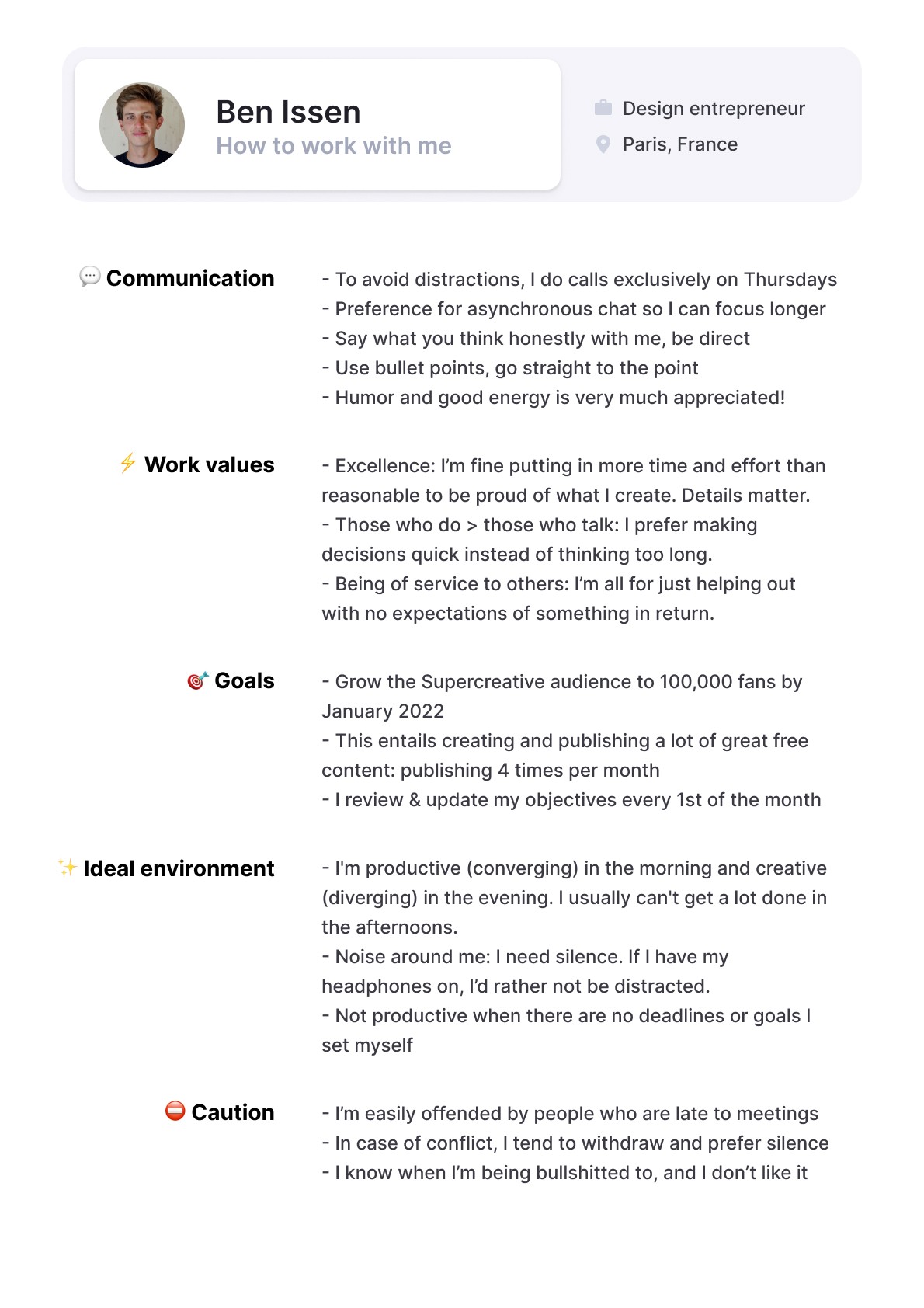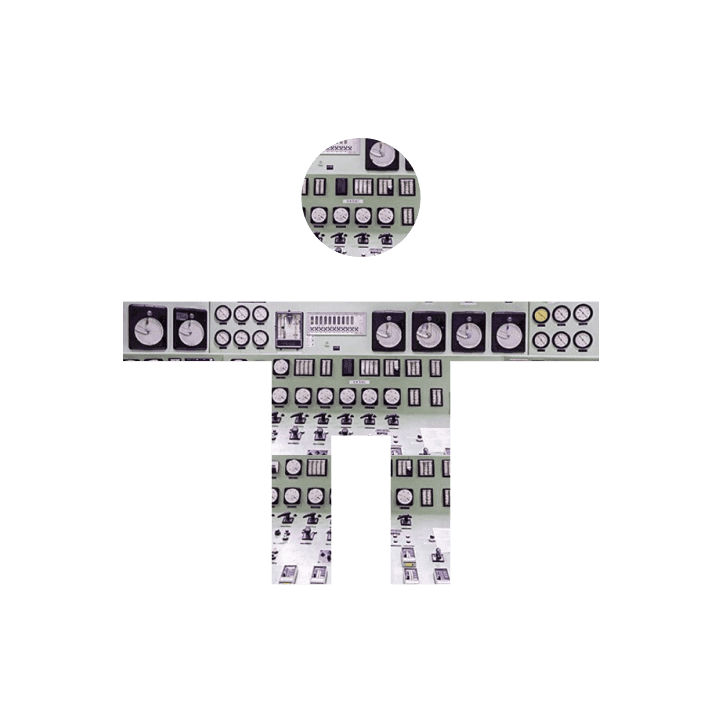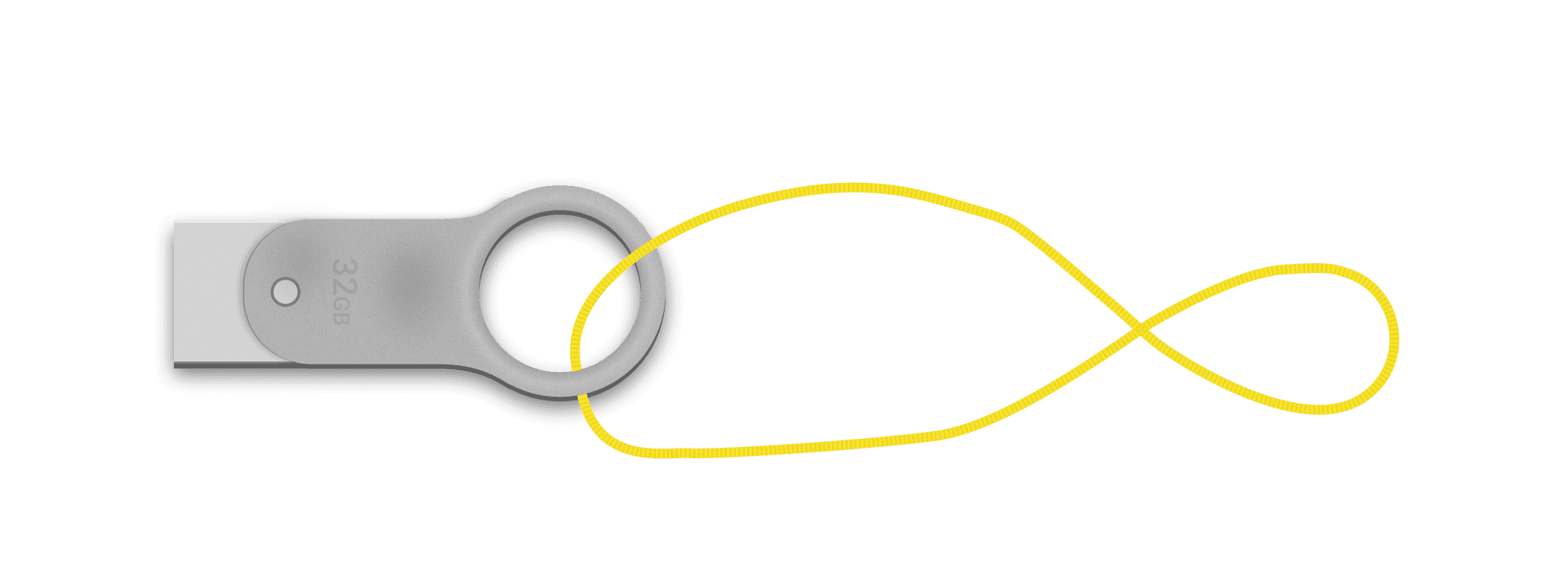
The humanual
Collaborating efficiently with clients and other freelancers
Humanuals are one page explanations about how we work. Where resumes describe what our work is, humanuals describe how we work. They're useful documents for collaboration because they remove a lot of guesswork. This is my humanual:

Through trial and error, receiving feedback every time I shared my own humanual, I realized breaking them down into these five parts was most effective:
communication style
work values
goals
ideal work environment
how we handle conflict
Information = Organization
I think the professional world would be slightly better if more people wrote and shared their own humanuals. In his study of systems and communication, theorist Norbert Wiener concluded that against the inexorable entropy of civilization, more information = more organization between individuals. If we know who we're talking to and what their communication style is, we spend less time figuring out who they are, and more time on the work at hand.
I challenged a few friends to write their own: some of them wrote extensively about their ethical, romantic and spiritual beliefs. But abstracting and summarizing ourselves - insofar as it does not become too abstract and cliché - makes humanuals easier and faster to scan and therefore more useful. One page should suffice.

If the medium is the message, the humanual implicitly signals we are 1. proactive towards improving our work relationships and 2. enough self-conscious to write one. Not only do I think writing our own humanuals and sharing them is valuable, I think there is a clear upside of showing you have one.
Tool of control
The analogy of humans as machines sheds light on a dangerous idea: the use of humanuals as tools of obedience and control. What if writing our own humanual wasn't something you did by yourself, but your boss or future employer asked you to do? HR might already have a private doc about how you work. But if you wrote it yourself, could it be used against you? Wouldn't that help them turn you into a cog in their bigger machines? While embodying our individuality, humanuals might be used to repress it. Shucks!
I believe humanuals should only exist in collaborative, not competitive, work environments. It makes no sense to apply to a job with a humanual. But it makes sense when you're a freelancer working with a new client. If you don't have a boss or don't plan to, a humanual might help.
Etiquette for more humane manuals
Sociologically, it’s interesting to study how this new tool shapes conversations and expectations. What should we do when we give or receive a humanual?

Again, the goal of humanuals is to facilitate collaboration. To avoid appearing as a rigid robot while sharing your manual, you can include a profile picture, a short introductory video or a disclaimer that you're in fact flexible and you can adapt to different situations. Next time you have a new client, share them your humanual and mention "here's how I work, looking forward to collaborate with you!"
Even if you’re not sharing your humanual, taking 60 minutes to reflect on how we best work, to introspect, is not wasted time.
Introspective frustration
So this is what you set out to do, you decide to write your own humanual. You pull up some examples and you start writing. But writing about ourselves, what we do, is a frustrating experience. It seems we are not geared towards long periods of introspection and self exploration.

To help more freelancers write and share their humanuals and help this idea spread, I created Figma, Notion and Google Docs templates to help you get started. You can also just write on paper or open a new word document, anything works.
Going further
While I did more research about humanuals, I found that similar ideas have popped up before. Adam Bryant was inspired by Ivar Kroghrud's user manual and gave a talk about it in 2017. And the idea of user manuals slowly spread from there, with people like Abby Falik, Marc Hemeon or Kuan Luo writing their own. Check their examples for more inspiration.
The analogy of humans as information machines dates back to the US post-war academia explosion. Read more about cybernetics with Wiener's The Human Use of Human Beings (1950).

Finally, to end on a nerdy note, I've been storing my humanual in my lifekey. My lifekey is a USB key I tie to my neck. It's a necklace on which I store many files: my humanual, life stats, journal entries, etc... It started as an art project I did about identity in 2013, and I kept it. Explaining the concept in parties is a bit weird, but objectively it's the same thing as any other fashion item: a statement about identity. But oh well, this will be for another blog post.

Created by Ben Issen
Based in Paris, Ben founded Supercreative. With his team, he creates tools and videos to help creatives be more productive. Prior to that, he worked at Webflow and launched a design agency. @ben_issen
Published:
Mar 17, 2021
Time to create:
17 hours
Time to share:
2 hours
Reading time:
3 minutes
Recommended next






